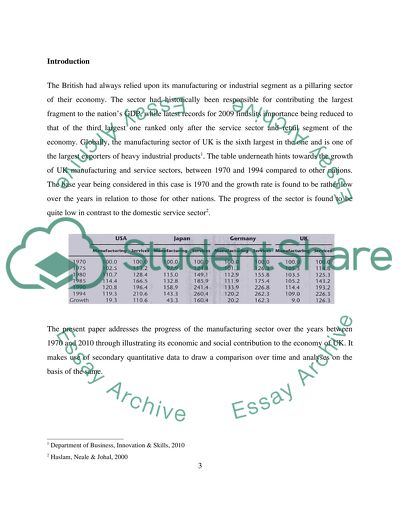Cite this document
(“ECONOMIC institution and policy(British economy) Essay - 1”, n.d.)
Retrieved from https://studentshare.org/environmental-studies/1427848-economic-institution-and-policybritish-economy
Retrieved from https://studentshare.org/environmental-studies/1427848-economic-institution-and-policybritish-economy
(ECONOMIC Institution and policy(British Economy) Essay - 1)
https://studentshare.org/environmental-studies/1427848-economic-institution-and-policybritish-economy.
https://studentshare.org/environmental-studies/1427848-economic-institution-and-policybritish-economy.
“ECONOMIC Institution and policy(British Economy) Essay - 1”, n.d. https://studentshare.org/environmental-studies/1427848-economic-institution-and-policybritish-economy.


